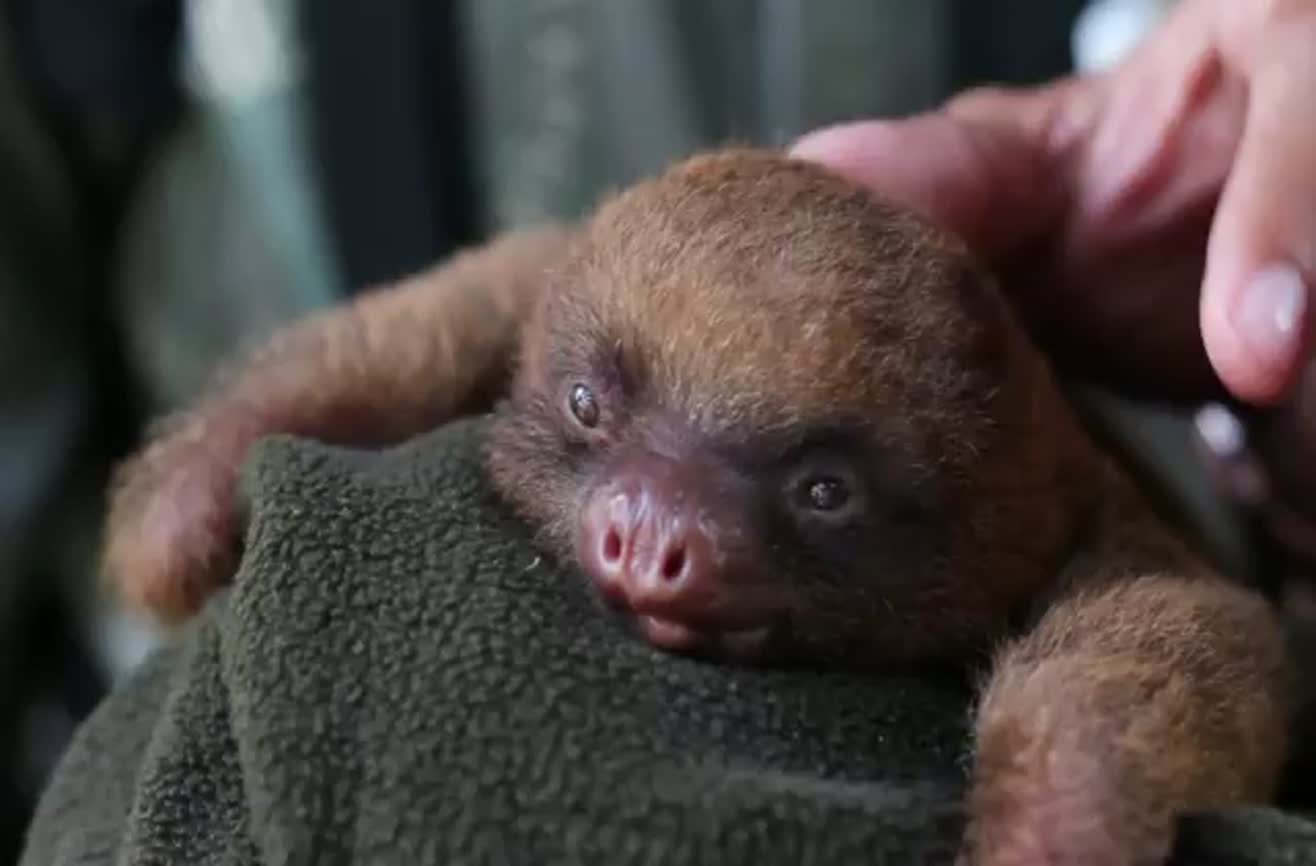

Building artificial wildlife bridges to help sloths navigate urban areas safely.

We are trying to mitigate these problems by protecting and restoring habitat connectivity in urban areas. Sloths should be the most abundant large mammals in a healthy tropical rainforest, however, they are now considered to be a conservation concern in Costa Rica because numbers are falling rapidly. When the forest is disturbed and trees are cut down, sloths are forced to risk their lives by traveling on the ground or by using the electricity lines. Read More: Sloth Science and Universal Access to Information.Read More: Sloth Genetics: a surprising twist.Today we want to say THANK YOU to all of our supporters who made this work possible! We have been working hard on this project for many years, and the results of this project have now been published and they reveal an unexpected situation with far-reaching implications for future sloth conservation and rescue efforts. However, before we can develop any targeted conservation strategies, we have to identify and fully understand the root cause of the problem – and that means completing the necessary genetic research. We suspect that the deformities are the direct result of either extensive habitat fragmentation or the excessive use of pesticides for agriculture. High numbers of birth defects like this in any population are a warning sign that something is seriously wrong. These include missing fingers/toes, malformed ears, misshapen limbs and partial or full albinism. Sloths in Costa Rica (particularly on the Caribbean coast) are frequently being born with birth defects and genetic abnormalities. This problem is one that we urgently need to understand before we can develop a solution. We have to work together to stop this from happening, which is why we are raising funds to insulate power lines and electrical transformers. If the sloth somehow survives beyond the initial electrocution, the rehabilitation process usually involves the amputation of limbs which leaves the individual unable to return to the wild. There are more than 3000 wildlife electrocutions every single year in Costa Rica, over half of the electrocuted animals are sloths, and the survival rate following electrocution is only about 25%. It is difficult to sugarcoat this topic, but it is important for us to talk about it to raise awareness and work towards a solution for the sloths. We have launched the “ Save an Acre” campaign to help us in this mission. Read more about how we are fighting to save sloth habitats and see how you can help One of our biggest goals is to protect and shield the remaining sloth habitat in the South Caribbean region from development through strategic land purchases. This includes reforestation (with tree species favored by sloths), the creation of biological corridors and protected forest reserves. We are working hard to help sloths in disturbed areas by restoring and protecting critical sloth habitats. We are already seeing the negative impacts of habitat loss in Costa Rica, with sloth numbers falling in the wild and genetic abnormalities spreading throughout populations. As humans encroach further and further into the rainforest, more trees are cut down and the forest is fragmented which leaves the sloths very vulnerable. Sloths rely on a continuous rainforest canopy for survival as they are physically unable to traverse big gaps between trees. Kicking things off with the number 1 threat to wild sloth populations in Costa Rica – habitat loss. We have developed a range of community-based programs that help us to achieve this mission. In all cases, the best approach is through the development of long-term conservation solutions that provide sustainable ways for sloths to coexist with the people sharing their habitat. Here we detail the 7 biggest threats to wild sloth populations and explain what we are doing to help.


 0 kommentar(er)
0 kommentar(er)
